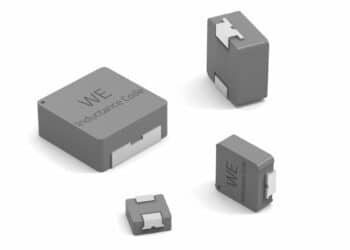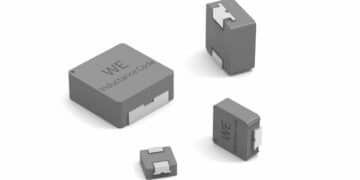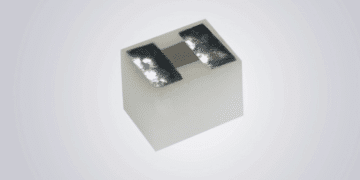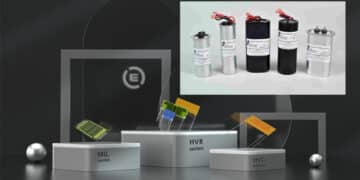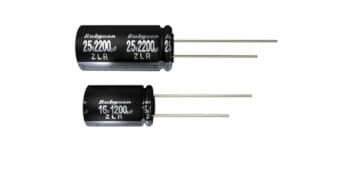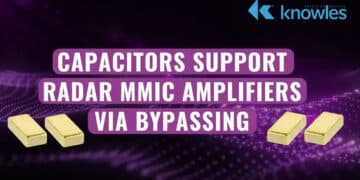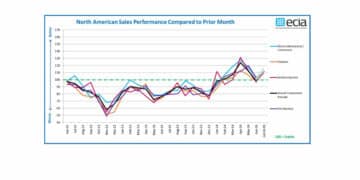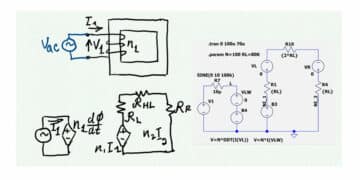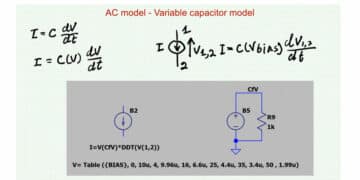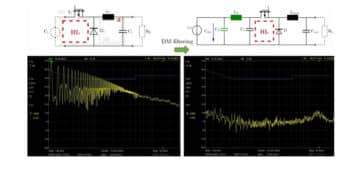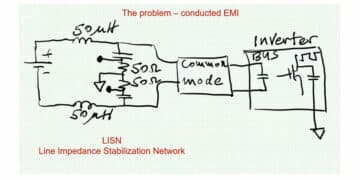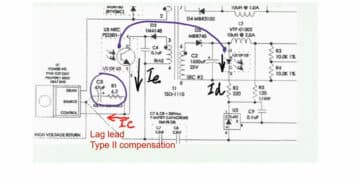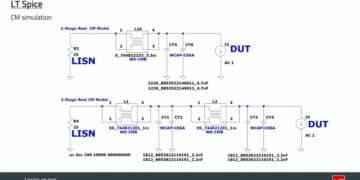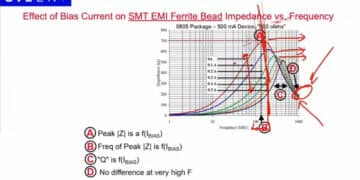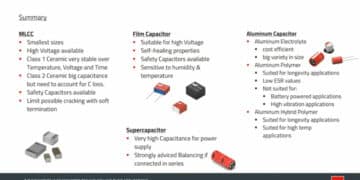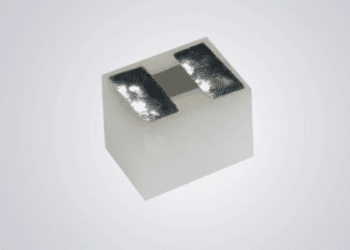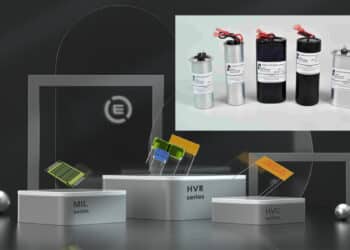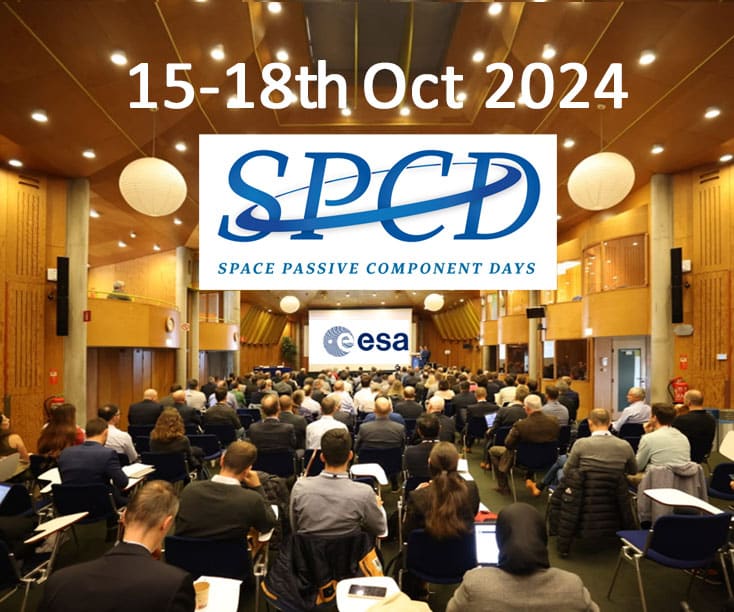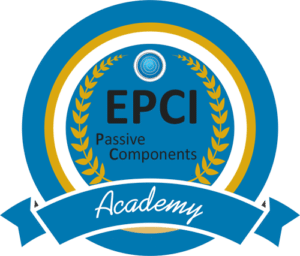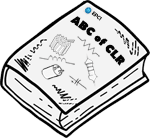source: EIN news
ROCHESTER, NY, UNITED STATES, January 16, 2018 /EINPresswire.com/ — For more than 15 years, leaders in the manufacturing of X-ray fluorescent (XRF) spectrometry equipment have relied on Ohmcraft’s high voltage leaded resistors for their products. XRF equipment allows for the non-destructive, total analysis of chemical and elemental compounds, and is used to quantify elements and identify unknown substances.
The XRF phenomenon occurs when a material or substance is saturated with high-energy X-rays, triggering the emission of characteristic fluorescent X-rays that allow the component to be identified. This energy is picked up and analyzed by detectors in XRF machines, which can then categorize the element in question. The devices identify elements from magnesium to uranium, and are used in a wide range of applications, including environmental, agricultural, and food safety monitoring, as well as for mining and exploration purposes.
Since many XRF spectrometry devices operate up to 50,000 volts and are handheld, Ohmcraft’s high voltage leaded resistors are made as small as possible in order to maintain the devices’ small form factors. To ensure long term stability and accuracy, resistors used in this application must feature high voltage capabilities.
“The most critical component for resistors utilized in XRF devices is stability,” said Eric Van Wormer, Vice President of the Ohmcraft division of Micropen Technologies. “Ohmcraft’s ultra-high voltage leaded resistors are thoroughly tested to ensure they can withstand the energy emitted by the X-rays used in XRF spectrometry devices. The reliability of these resistors is why XRF spectrometry equipment manufacturers have chosen Ohmcraft for nearly two decades.”
Ohmcraft’s thick-film, surface mount resistors are engineered to meet application specific needs. Its technology utilizes the proprietary Micropen electronic printing system to “print” precise, narrow, serpentine lines with resistive ink on a ceramic substrate, producing higher performance resistors over a wider range of values on a smaller surface area than is possible with conventional film resistor technology.
